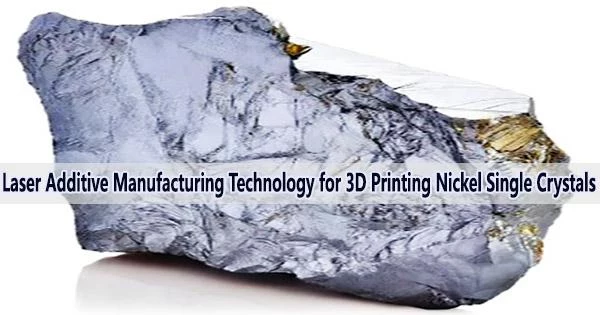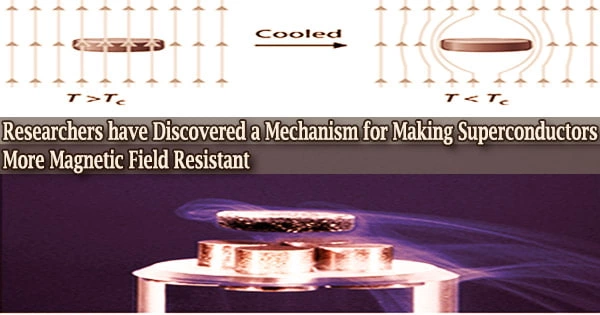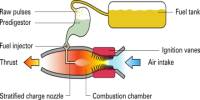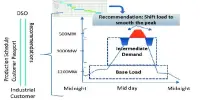By using a large-radius, flat-top laser beam to irradiate nickel powder, NIMS and Osaka University Graduate School of Engineering were successful in creating a nickel single crystal with only a small number of crystallographic flaws (i.e., a laser beam whose intensity is uniform across a cross-section of the beam). This method can be utilized to create a wide range of single-crystalline materials, including gas turbine and jet engine heat-resistant materials.
Single crystals can be created using electron beam additive manufacturing, according to earlier investigations. The usage of this technology is constrained by the pricey equipment needed and the high cost of operating it because a vacuum must be created.
Although less expensive equipment can be used for laser additive manufacturing, earlier attempts to create single crystals using this method were unsuccessful.
A solid-liquid interface is created when a raw metal powder substance is exposed to a laser beam, melting it. It had been challenging to coordinate the growth of grains close to the contact while also preventing the creation of flaws that would create strain upon solidification.
The intensity profile of conventional Gaussian laser beams, or laser beams with a bell-shaped intensity across a cross-section of the beam, was found to be the cause of this issue because it results in the formation of polycrystals made up of less oriented crystalline grains with numerous grain boundaries.
This NIMS-Osaka University Graduate School of Engineering research team succeeded in fabricating single crystals using a flat-top laser beam, forming a flat melt pool surface on the nickel powders.
There were fewer strain-inducing flaws as individual crystalline grains expanded in the same direction. At high temperatures, single crystals without grain boundaries, which are prone to shattering, are exceedingly strong.
With the use of this novel approach, crystal cracking and strain creation can be reduced. Additionally, this method makes the usage of seed crystals unnecessary, making additive manufacturing procedures simpler.
This laser additive manufacturing approach can also be used to create single-crystalline objects out of other metals and alloys in addition to nickel. Components for jet engines and gas turbines are getting more intricately shaped and lighter, and there is an increasing demand for additive manufacturing of these components using superalloys based on nickel that are heat resistant.
Single crystals have the potential to be used practically as heat-resistant materials because they are stronger than polycrystals at high temperatures. A global R&D effort to achieve this using cheaper and widely used laser additive manufacturing technology is expected to intensify rapidly.
















